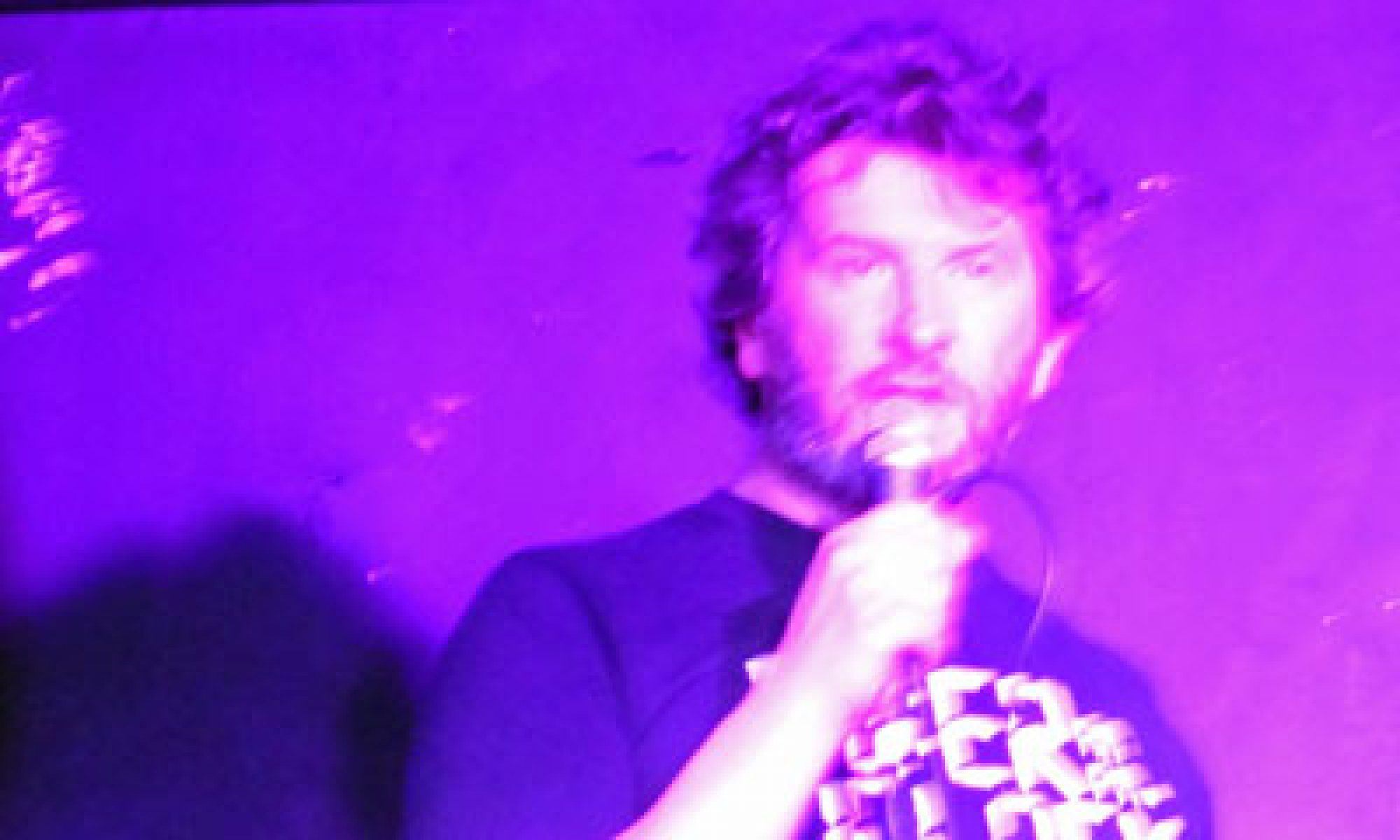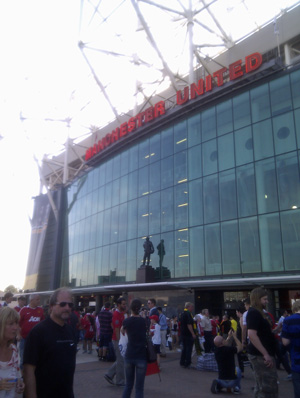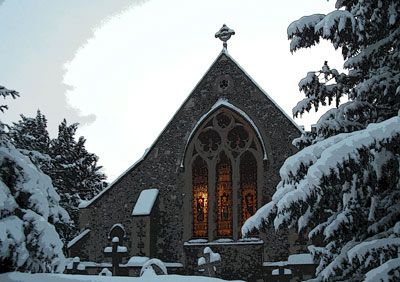I revealed, rather coyly, in this blog post earlier in the year that I’d been accepted on the Romantic Novelists’ Association New Writers’ Scheme. When I mention this to people in conversation I occasionally receive the polite astonishment that I imagine a woman bricklayer might experience or a female pest-controller.
Seeing as a woman once climbed around my loft removing a wasps’ nest quickly and efficiently why should it be strange that a man might be a member of a Romantic Novelists’ Association scheme? Nevertheless, I’m subliminally tempted to add ‘No, I’m not planning to change gender or anything else. I’m still male’ – and during last week being able to point to the temporary beard I was forced to grow a beard after I fell over while out running — cutting my chin and breaking my thumb!
Entering a world popularly associated with the opposite gender is an illuminating experience — and valuable for a writer. Not that I’ve encountered any sexism at all through my membership of the scheme. The Romantic Novelists’ Association (RNA) appears extremely keen to be inclusive towards men, as I’m sure it towards everyone, and there are men who are full members of the RNA. I found a couple by Googling, although one writes under a female pseudonym and another specialises in male-male fiction and I’m doing neither of those. (I must point out that I can’t be a full member of the RNA myself until I have a suitable book published.)
Nevertheless, there are cultural perceptions about how men’s ability or desire to write romantic fiction. I’ve been reminded a few times of the discussion earlier this year on the Today programme between Jojo Moyes and Cathy Kelly on whether ‘men can make good romantic fiction writers’.
That’s an interesting question to think about while I’m writing today – the publication date of David Nicholls’s new novel Us – which brings up all sorts of issues about gender stereotyping of marketing and covers and reviews and so on, which could occupy a whole different blog post, maybe after I’ve read it. (I was surprised to read so many positive reviews of the novel in the weekend broadsheets after all the sniffiness about its Booker longlisting.)
However, any ribbing in the pub will be, ahem, small beer compared to the brilliant benefits of my membership of the RNA New Writers’ Scheme (NWS), which have surpassed all my expectations.
For those who haven’t yet discovered it, the RNA NWS allows all its members to take part in RNA activities but offers the invaluable service of using the expertise of one of a panel of 50 established authors to review each member’s full length novel manuscript.
Unsurprisingly the scheme is very heavily oversubscribed and reaches capacity within minutes when applications open each January. I tried and failed to join a couple of years ago but this year had better luck. The deadline for submitting a manuscript is the end of August, although well-organised writers submit theirs well in advance to avoid the last minute rush.
Of course I wasn’t one of them. Mine was sent in around 29th August. Given the manuscript’s substantial size I wasn’t expecting to get a response for several weeks. So I was stunned by its amazingly quick turnaround – within about three weeks. And I was taken aback by the wonderfully detailed and insightful report that I received from my reader (as the scheme is run anonymously all I know about her is that she is, indeed, a she).
While the scheme is intended for ‘romantic fiction’ this definition can include novels that might also be thought to belong in other genres provided it meets the criteria that ‘romantic content and love interest are integral to the story’. I’d like to think of my novel as ‘accessible literary fiction’, perhaps the sort of book in the intersection between mass-market and ‘literariness’ that reading groups often choose (my wild optimism is creeping in here).
While the novel’s narrative is anchored against the relationships between the two chief protagonists, it’s also full of content that I wouldn’t have expected to crop up in traditional romantic fiction — as a glance at some posts on this blog might suggest (spray painting street art, tapping and spiling barrels in pub cellars, TV cookery shows, German modernist artists, dodgy photos, ancient monuments and so on).
Therefore, when I received the manuscript back I was a little worried that perhaps the reason for its remarkably quick turnaround would be that only the first few chapters had been read and ‘Wrong Genre’ would be written on the title page in huge red letters.
It wasn’t — which was a huge relief and maybe showed up some preconceptions on my part about romantic fiction — preconceptions that were completely blown away when I started to scan the comprehensive reader’s report which started with the reader saying she enjoyed reading it. Phew!
The reader’s skill and experience clearly identified the conflict that propels the narrative — where two people meet, begin to realise how desperately they need each other but have to overcome huge obstacles in their way — and obstacles that they may not surmount. And if deciding who’s the person you want to spend the rest of your life with — and then trying to make it happen — isn’t a question worthy of a romantic novel then I’m not sure what is.
I needn’t have worried about the content either – my reader wasn’t at all shocked or surprised or puzzled by what was in the novel. All her comments were constructive – and, in the spirit of the best feedback, considered the writing on the terms of what it was trying to achieve rather than through any subjective personal preferences. That said, all feedback was made with the experienced critical eye of an author who was focused on how to get a manuscript into commercially publishable shape.
I can only go on my experience of what I received back from my reader but it consisted of a lengthy report on the whole novel – and she’d gone through the manuscript and noted typos and formatting issues in pencil. This was the result of the investment of a considerable amount of time – so I’m glad she said she enjoyed reading the novel.
I mentioned in a covering letter that the novel had been workshopped through the MA and City University courses and workshopped with coursemates and tutors – and my reader was generous enough to say that ‘it showed’ (I’m interpreting that as a compliment!) I’m sure the RNA NWS readers wouldn’t hold back out of politeness if a manuscript was technically flawed or was full of poorly-written prose. However, one of the most valuable aspects of the report for me was that it casts a fresh eye over the whole novel from the perspective of a new reader — and, as the report carefully pointed out — the type of reader who’d most likely be the commercial target audience for the novel.
This brings an entirely different viewpoint to feedback received on a creative writing course from a tutor or fellow students – people who’ve provided expert, generous and vital feedback but who’ve also become familiar with the book’s evolution over an extended period — and have read it in three- or five-thousand word extracts over a long period.
Both approaches are, of course, extremely useful and complementary but the RNA NWS reader was in a position to focus on points that I’d begun to lose sight of through familiarity and through the way the novel has changed over time. She was able to remind me about bringing to the fore the aspects of a character or plot that a reader might instinctively root for (or be less engaged by) — and where to place the events that motor plot forward (and where to relax the pace).
Principles of narrative technique and structure are taught on creative writing courses but, given the limited size of extracts that can be workshopped in a course environment, they’re necessarily difficult to assess over a novel-length work — and unless your course lasts forever they’re impossible to work on as exercises.
While the reader commented from a perspective of commercial marketability, she certainly didn’t do so from a ‘dumbed-down’ perspective. Obviously a well-read book-lover outside as well she referred me to a book translated from Dutch which proves that as well as being an authority on romance that she’s also well-read outside the genre.
The report was crammed with so much useful comment that I was prompted to write my own response to it where I took all the points and listed most of them out in ‘to-do’ list fashion – and I’ve been ticking them off.
There are also points that I’m going to need to reflect on carefully. The report picks up some elements in the novel that are deliberately subversive and individual and, while I want the writing to work as well as possible, I want to ensure I preserve everything that might make the novel quirky and original (a word used approvingly by the reader about the heroine).
Nevertheless, the recommendations for change are about aspects of the novel that can are easily fixable — essentially honing and tweaking the writing incrementally — rather than having to address major flaws. The report was sprinkled with some very complementary words — reading these made my week. I won’t repeat them here but they provided encouragement to get on and put the revisions into the manuscript. Having received this extremely useful feedback from the RNA NWS, I’m relieved that I’m still yet to properly start the submission process to agents in earnest. Once I’ve worked through the feedback through the novel can’t fail to be stronger.
I’d imagine the RNA NWS offers something different to the various manuscript assessment services available because it’s an initiative that aims to help writers become eligible for its professional membership (and I’d love to go along to the RNA events, although I admit I’d be a little hesitant before walking through the door.) Based on my own experience (an admittedly small sample of one) I’d wholeheartedly recommend the RNA NWS to anyone whose novel fulfils the acceptance criteria (see above and the RNA website).
I’d like to thank the organiser, Melanie Hilton, for finding me such a suitable, knowledgeable and diligent reader who, though anonymous, knows via Melanie that I’ve passed on my deep gratitude.
Click on the following link to find the Romantic Novelists’ Association New Writers Scheme website.










